April 12th 2021|| Bedwetting, OSA by Dr.Manvir Bhatia, Saunri
Bedwetting also called as nocturnal enuresis is involuntary urination while being asleep, especially in children over the age of 5. According to numerus studies the total prevalence of primary nocturnal enuresis in India is about 7 to 14 percent. However, since it is considered as a taboo in Indian society, it is often not talked about openly. Bedwetting is more common in boys than in girls.
Types of Bedwetting:
Monosymptomatic: monosymptomatic nocturnal enuresis occurs without any symptoms during the day and is a normal part of development until the age of 5.
Non-monosymptomatic: In non-monosymptomatic type, nocturnal enuresis occurs along with daytime incontinence. This is seen more commonly in girls.
Primary Factors that affect Bedwetting:
There are three important factors that affect bedwetting:
Bladder capacity: If the child’s bladder capacity to store urine is less, it leads to bedwetting. The bladder capacity increases with age.
Nocturnal urine production: Urine production decreases in the evening as compared to the day. During the early child’s development, the circadian rhythm is not yet fixed and hence can lead to more urine production during the night. Intake of caffeinated drinks in the evening can also increase urine production.
Threshold of arousability: If the child does not wake up from their sleep when their bladder is full, it leads to bedwetting. With age, the child is able to get aroused from their sleep when they feel that their bladder is full and actively go urinate.
Bedwetting and Obstructive Sleep Apnea.
In children, OSA and Sleep Disordered Breathing (SDB) are seen to be the major causes of bedwetting. In OSA and SDB, the air flow to the lungs gets obstructed due to either swelling of the tonsils, swelling of the adenoids and other underlying causes. The brain then focuses its attention more on maintaining optimum oxygen levels and less on other functions such as bladder control while sleeping, leading to bedwetting. Most often, when the child is treated for OSA, the bedwetting also ceases.
Symptoms of OSA in children include:
- Snoring
- Breathlessness
- Mouth Breathing
- Nasal voice
- Tiredness
- Sleepwalking
- Excessive Day Time sleepiness.
Factors that cause Non-monosymptomatic bedwetting:
Urinary Tract infections: This can cause more frequent urination as well as a stronger need to urinate.
Diabetes: Children suffering from juvenile diabetes have an increases output of urine that can lead to bedwetting.
Structural abnormities: A structural abnormality in the organs of the urinary tract could lead to bedwetting.
Neurological abnormalities: A nervous system issue or a disease that affects the nervous system can also lead to bedwetting.
Treatment for Bedwetting:
If the child suffers from OSA, removal of tonsils or adenoid glands can improve air flow to the lungs while sleeping and stop bedwetting. The treatment strategy for bedwetting can be simple and can include natural home therapies such as creating better sleep hygiene. Drinks should be avoided later in the day and the child should be encouraged to urinate just before going to bed. The child should also be encouraged to urinate more frequently during the day. In severe cases, medications may be given that reduced the urine output at night such as desmopressin.
When to see a doctor:
If your child continues to wet the bed even after the ages of 6 and 7, if they suddenly start experiencing urination more often during the day or if they start wetting the bed often at a later age, you must consult with a doctor.
To seek help or know more about Bedwetting, you can visit the Neurology and Sleep Centre, the 1st sleep centre in the country accredited by Indian Board of Sleep Medicine at L-23, Hauz Khas Enclave, New Delhi, Delhi-110016 (INDIA)
Or give a call on +91-11-46070321, +91-9643500270,

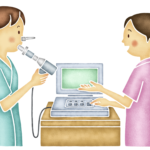
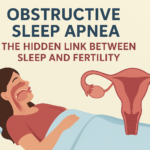
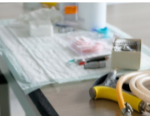


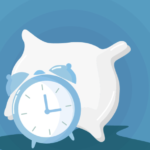

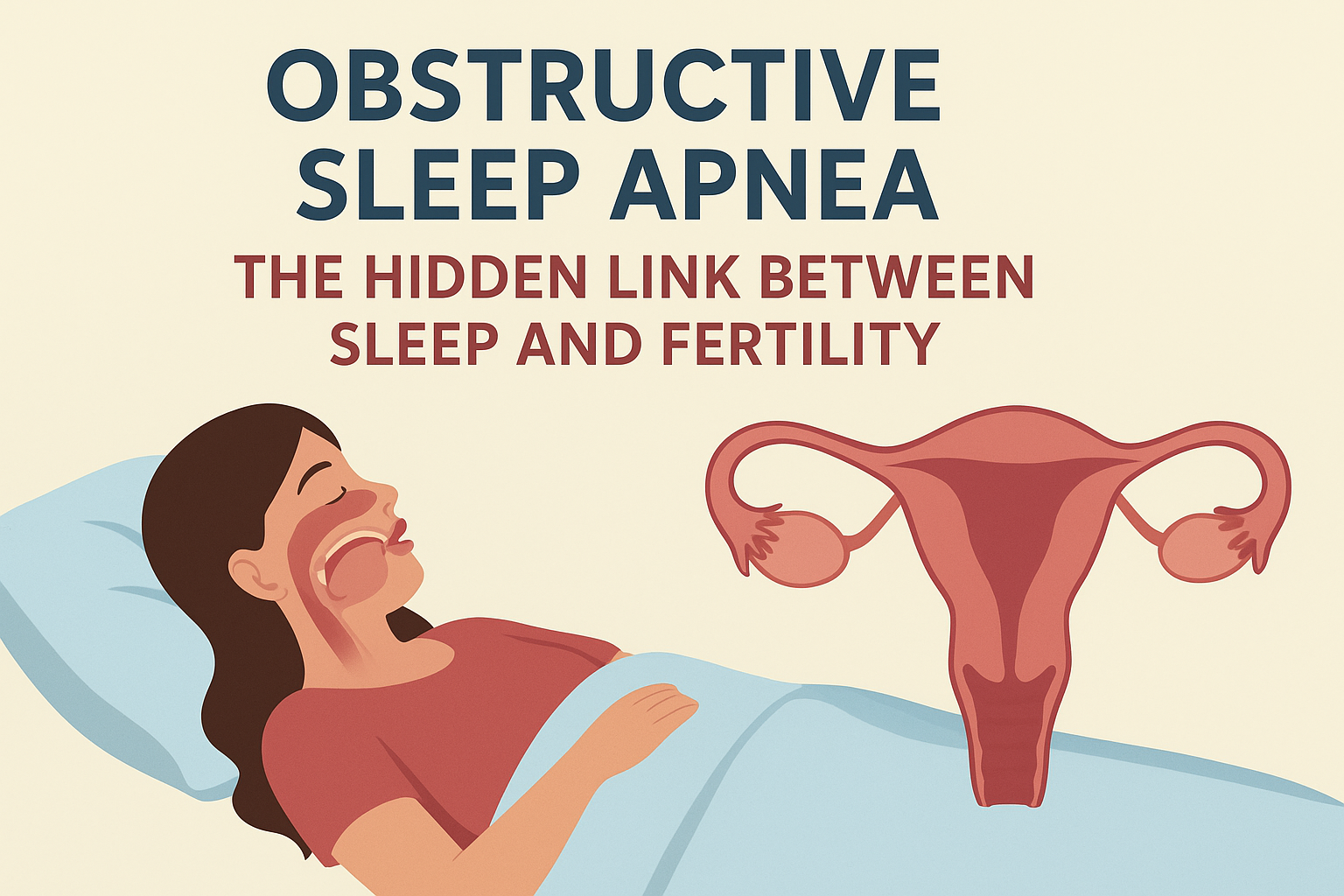
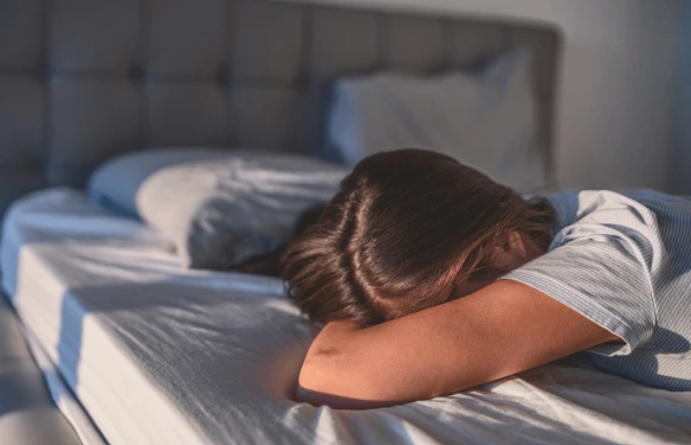
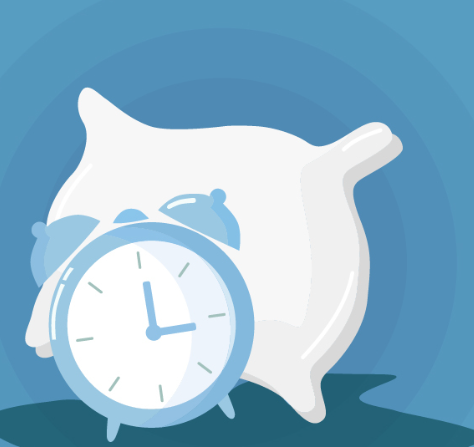
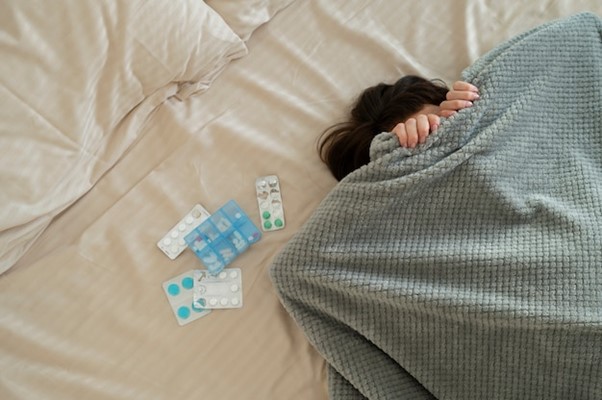
I got really good information from this content.thanks for sharing.